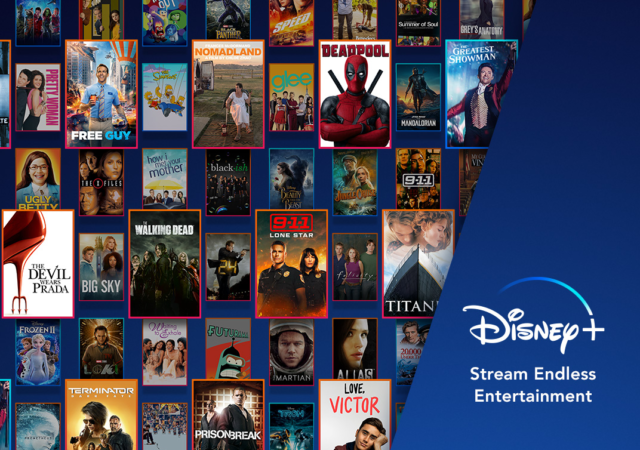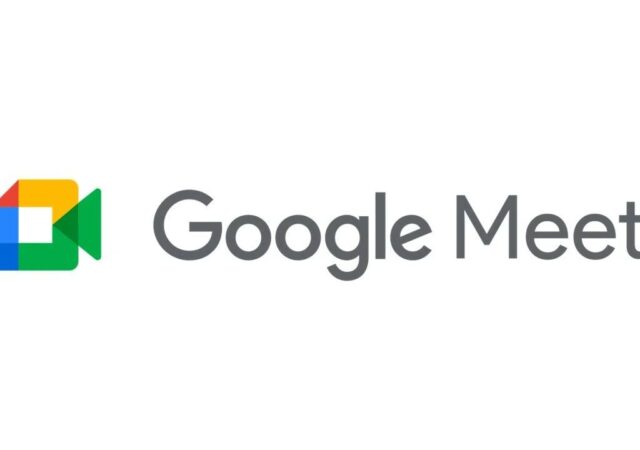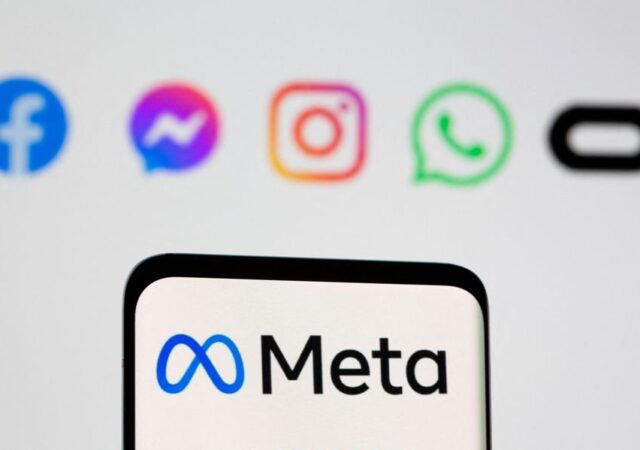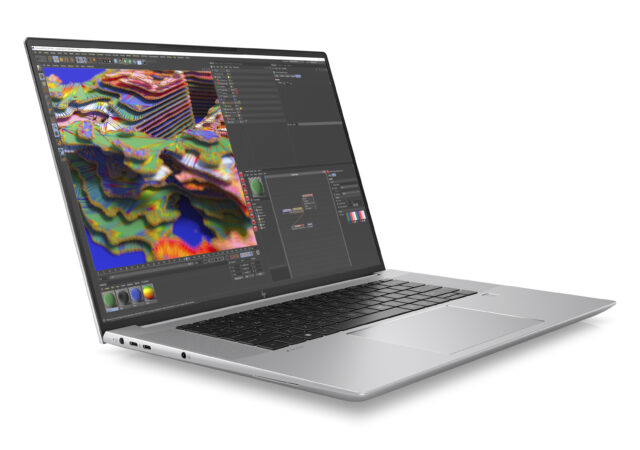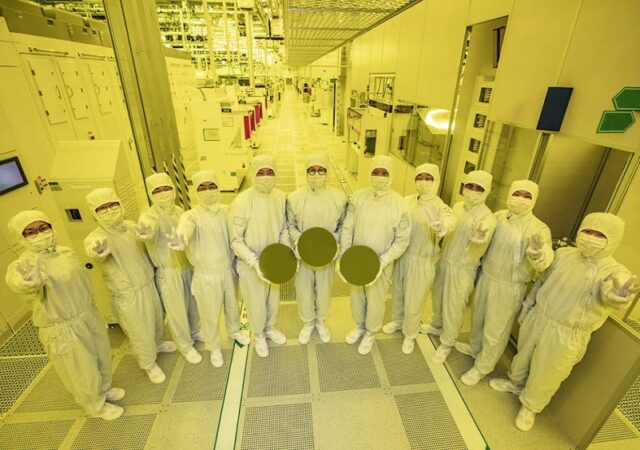Google Cloud announces plans for new regions in Malaysia, Thailand and New Zealand empowering local digitization efforts.
Disney+ Introducing new Ad-Supported Tier But You Still Have to Pay for It
The House of Mouse looks to be introducing a new Ad-supported tier to its Disney+ subsription amid reporting a USD$1.1 billion loss in its streaming business.
Google Duo Meets Google Meet
Google Duo is finally going to be integrated into Google Meet. The merge and rebadging should come to all users by September 2022.
Digi’s Juara Internet Malaysiaku Offers Free Phones, Extra Internet, and Rebates in Conjunction with National Day and Malaysia Day
Digi launches their new Juara Internet Malaysiaku promotions in conjunction of Malaysia’s National Day and Malaysia day celebrations
The HP ZBook Studio G9 is Here – The Ultimate Professional Mobile Workstation is Here!
HP announces their ZBook Studio G9 packing 12th Gen Intel Core i9 vPro and NVIDIA’s RTX 3080 Ti and up to 64GB in RAM.
How Managed Services Keep the Edge Ecosystem Afloat
With Edge computing becoming more mainstream, organisations are pressed for talent and management. However, they are presented with opportunities if they have the right managed services partners.
Why Payments Are the Key to the Gaming Industry in Asia Pacific
As more games look to monetise beyond just the initial purchase, it’s becoming more crucial for developers to look at how payments are being done in gaming.
3nm is Not the Future – It Is Now with Samsung
Samsung has started their 3nm chip manufacturing ahead of their closest rival TSMC. The chips are significantly more efficient and powerful.
Cyberattackers are Using the Cloud too – Are Malaysian Enterprises Prepared?
With an increasing number of business going to the cloud, what can they do to be better prepared to help mitigate the risks from cyberattackers?




